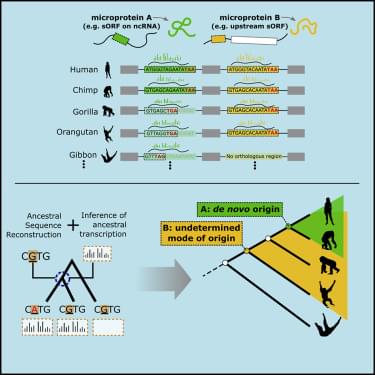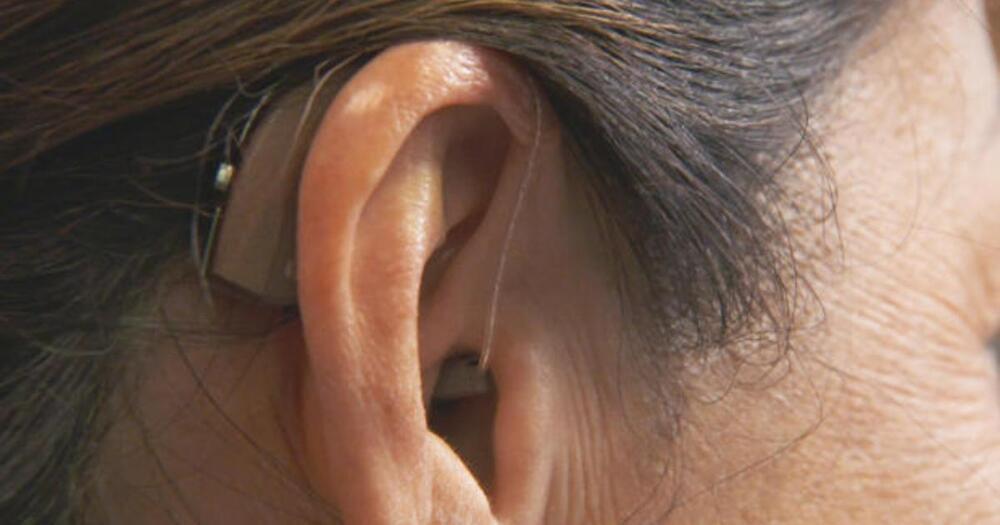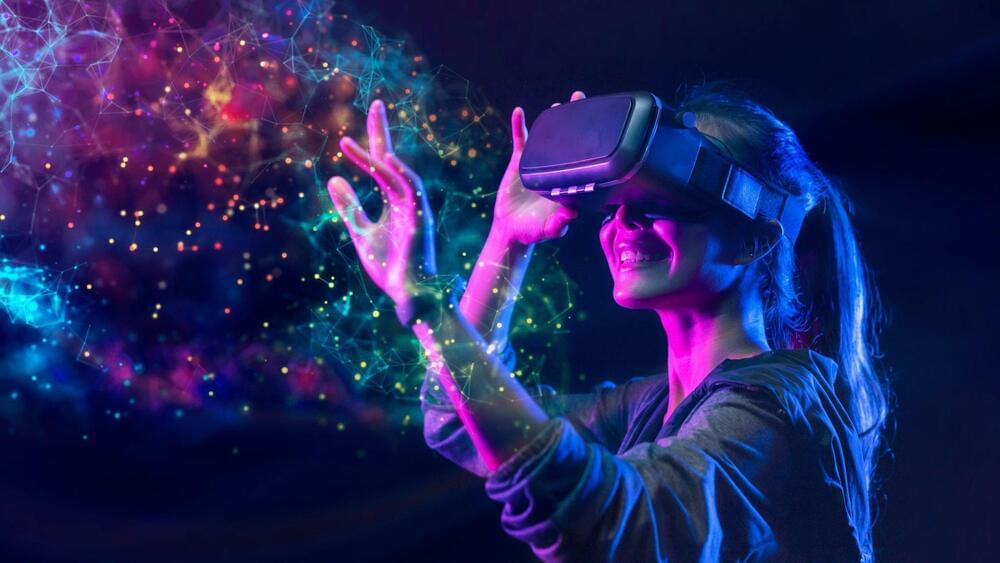Dec 22, 2022
De novo birth of functional microproteins in the human lineage
Posted by Saúl Morales Rodriguéz in categories: biotech/medical, evolution, genetics
Human microproteins encoded by small ORFs have been found to be functional. By comparing the corresponding sequences across vertebrate genomes, Vakirlis et al. show that a number of these originated “from scratch” from noncoding sequences, including two very recent cases unique to humans. These cases demonstrate the rapid evolution of genetic novelty.

















